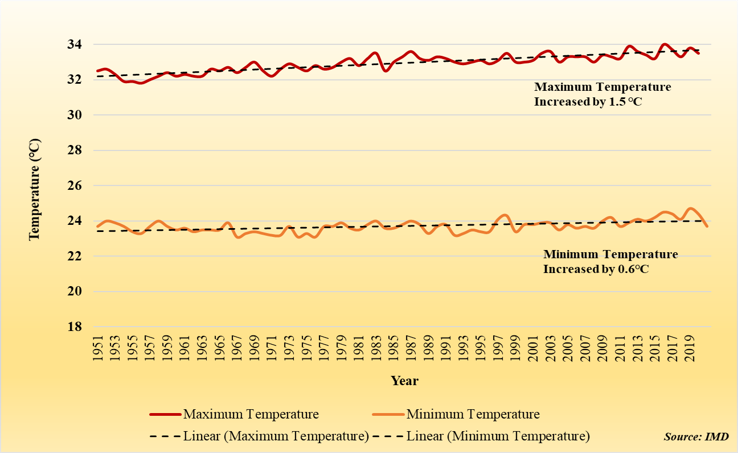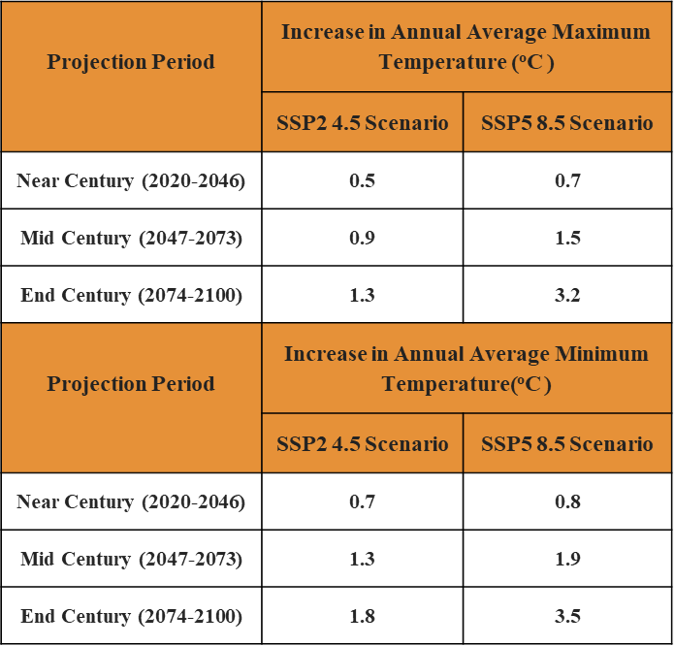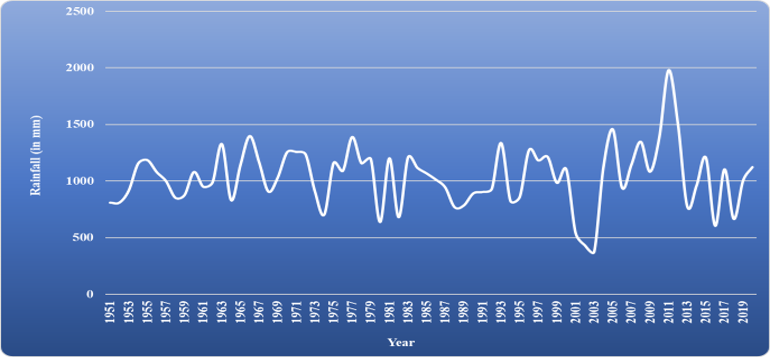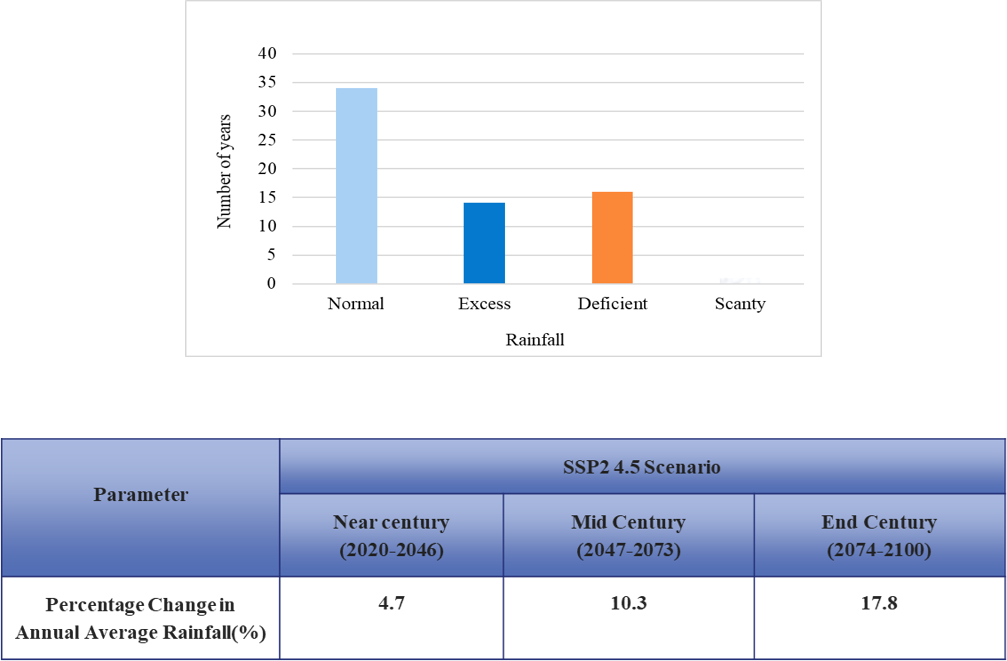Total Population: 2405890
Density : 705 per sq.km
Female : 1223474
Male: 1182416
Elderly : 258410
Literates: 1790998(82.64%)
Urban Population: 851359(35.39%)
Total Main Workers: 834484
Marginal workers : 139595
Non workers : 1431811
Eco-sensitive aspects: TN wetland Mission
Total wetland area : 22591 ha
Ramsar sites: Dugong Conservation Reserve, Ambuliyar River Mouth






